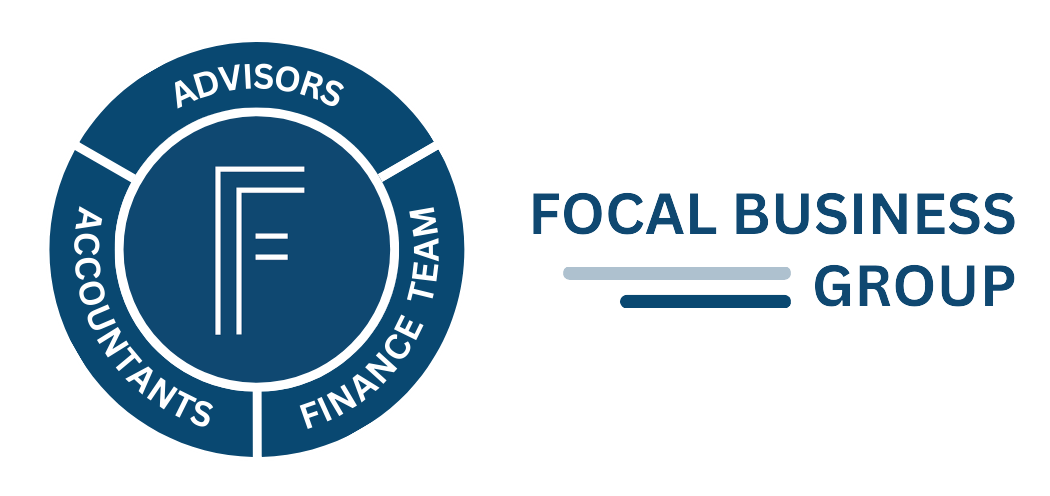Changes to the dividend allowance were announced in the Chancellor’s autumn statement and will come into effect from April 2023.
The Dividend Allowance
The dividend allowance is available in addition to the personal allowance. It allows all taxpayers regardless of the rate at which they pay tax to receive dividends up to the level of the dividend allowance free of any personal tax. This is in addition to any dividends sheltered by the personal allowance which are also received free of tax.
The dividend allowance has been a useful planning tool for family companies; where family members are shareholders, paying dividends to utilise any available dividend allowance increases the profits that can be extracted tax-free.
Changes to the Dividend Allowance
However, the dividend allowance, currently set at £2,000, is to be reduced. It will fall to £1,000 for 2023/24 and to £500 for 2024/25. The reduction will affect personal and family companies who extract profits as dividends, and also those who receive dividend income from investments in shares.
Taxation of Dividends
Dividends have their own rates of tax, which are lower than the income tax rates. They also benefit from a dedicated allowance – the dividend allowance. Although termed an allowance, it is really a nil rate band, and dividends covered by the allowance are taxed at a zero rate. However, the allowance uses up the part of the tax band in which it falls, with dividends being taxed as the top slice of income. The dividend tax rates were increased by 1.25% from 2022/23 as part of a package of measures brought in alongside the now cancelled Health and Social Care Levy. Despite the cancellation of the levy and the reversal of the associated temporary National Insurance rises, the dividend tax rates are to remain at their 2022/23 rates whereby dividends are taxed at 8.75% where they fall within the basic rate band, at 33.75% where they fall within the higher rate band and at 39.35% where they fall within the additional rate band.
Impact of the Reduced Dividend Allowance for Taxpayers
Taxpayers who receive dividend income in excess of £1,000 which is not sheltered by the personal allowance will feel the effect of the reduction in the dividend allowance. Where dividend income is at least £2,000 in 2022/23 and 2023/24, the extra tax paid by a basic rate taxpayer on their dividend income in 2023/24 is £87.50; for a higher rate taxpayer the increase is £337.50 and for an additional rate taxpayer, it is £393.50.
Impact of the Dividend Allowance for Family Companies
Dividends can only be paid from retained profits and must be paid in proportion to shareholdings.
A popular strategy in a family company is to use an alphabet share structure whereby each family member has their own class of share (A shares, B shares, etc.). This allows dividends to be tailored to utilise unused dividend allowances and basic rate bands. The fall in the dividend allowance will reduce the extent to which this strategy can be used to extract profits tax-free. Family and personal companies will need to review their profit extraction strategies as a result.
Where company profits are more than £50,000, the corporation tax increases from April 2023 will reduce the post-tax profits available for distribution as a dividend, and the reduced dividend allowance will increase the tax payable by shareholders where those profits are extracted as dividends. These changes will reduce the post-tax profits available for use by the shareholders outside the company.
Further Information on the Dividend Allowance Changes
For further information about the impact of the dividend allowance changes or to arrange a review of your profit extraction strategy, get in touch, we are on hand to help.
Growing businesses need more from their accountant; as business accountants, analysts and advisors, we help you understand and manage your numbers to drive plans and decision making. If you would like to discuss the ways we can help you and your business, simply call 0800 112 0880 or email [email protected].


